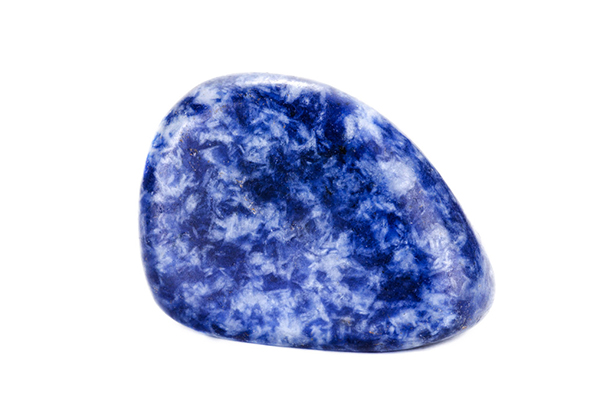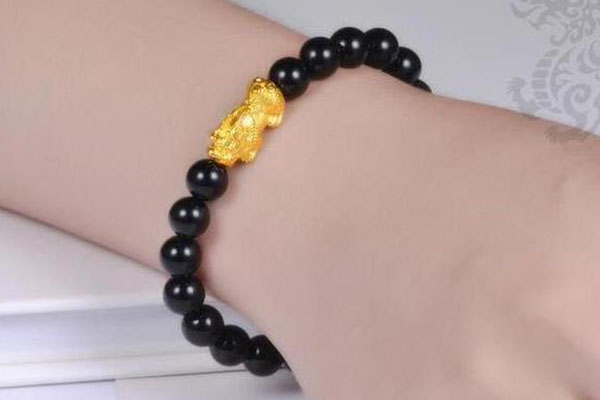When it comes to selecting the right gemstone for personal use or as a gift, the choice can be overwhelming. With so many different types of stones, each with their own unique qualities, it can be challenging to know which one is best suited for your specific needs. In this blog post, we will compare two popular gemstones, Blue Aventurine and Sodalite, discussing their properties, uses, and benefits, to help you make an informed decision.
What is Blue Aventurine?
Blue Aventurine is a variety of quartz that is characterized by its blue color and small flecks of metallic-looking minerals within it. These minerals are typically mica, hematite, or goethite, which give the stone its unique shimmering effect. The stone can range in color from light blue to deep blue, and can often be mistaken for other blue stones such as lapis lazuli or sodalite.
History and Origin of Blue Aventurine
The origin of Blue Aventurine is not precisely known, but it is believed to have been first discovered in Italy during the 17th century. However, it has since been found in other parts of the world, including Russia, India, and Brazil. Throughout history, Blue Aventurine has been used in a variety of ways, from decorative objects to medicinal purposes.
Physical and Metaphysical Properties of Blue Aventurine
Blue Aventurine has several physical and metaphysical properties. On a physical level, it is believed to aid in the treatment of skin conditions, allergies, and headaches. It is also said to help with communication, self-expression, and decision-making.
On a metaphysical level, Blue Aventurine is believed to enhance one’s ability to communicate clearly and effectively. It is also said to help with self-awareness and understanding, and to promote emotional balance and tranquility.
Uses of Blue Aventurine
Blue Aventurine has been used for many purposes throughout history. It is often used as a decorative stone in jewelry, sculptures, and other objects. It is also used in the practice of crystal healing and meditation.
What is Sodalite?
Sodalite is a blue and white stone that is often confused with lapis lazuli, but is distinctly different. It is a member of the feldspathoid mineral group and is often found in igneous rocks. It is characterized by its blue color, white veins, and sometimes small inclusions of other minerals such as calcite.
History and Origin of Sodalite
Sodalite was first discovered in Greenland in 1806, but it has since been found in other parts of the world, including Canada, Brazil, and Russia. Throughout history, it has been used in decorative objects and jewelry, as well as for its purported healing properties.
Physical and Metaphysical Properties of Sodalite
Sodalite has several physical and metaphysical properties. On a physical level, it is believed to aid in the treatment of throat and vocal cord issues, as well as blood pressure and metabolism. It is also said to help with mental clarity, concentration, and emotional balance.
On a metaphysical level, Sodalite is believed to enhance one’s intuition and psychic abilities. It is also said to promote self-awareness and self-acceptance, and to encourage rational thinking and communication.
Uses of Sodalite
Sodalite has been used for many purposes throughout history. It is often used in decorative objects and jewelry, as well as in the practice of crystal healing and meditation. It is also used in some cultures as a talisman for protection.
Comparison between Blue Aventurine and Sodalite
Now that we have discussed the properties and uses of both Blue Aventurine and Sodalite, let’s compare them side by side.
Differences in Appearance and Color
While both stones are blue in color, they have distinct differences in appearance. Blue Aventurine has small metallic-looking flecks within the stone that give it a shimmering effect, while Sodalite has white veins and sometimes small inclusions of other minerals.
Differences in Physical and Metaphysical Properties
Both Blue Aventurine and Sodalite have physical and metaphysical properties that make them unique. Blue Aventurine is said to aid in communication and decision-making, while Sodalite is believed to enhance intuition and psychic abilities. Blue Aventurine is also believed to aid in the treatment of skin conditions and allergies, while Sodalite is said to help with blood pressure and metabolism.
Differences in Benefits and Healing Properties
The benefits and healing properties of Blue Aventurine and Sodalite are also unique. Blue Aventurine is said to promote emotional balance and tranquility, while Sodalite is believed to promote self-awareness and self-acceptance. Blue Aventurine is also said to help with self-expression, while Sodalite is believed to encourage rational thinking and communication.
How to Choose Between Blue Aventurine and Sodalite
When it comes to choosing between Blue Aventurine and Sodalite, it really depends on your specific needs and preferences. If you are looking for a stone that promotes communication and decision-making, Blue Aventurine may be the right choice for you. If you are looking for a stone that enhances intuition and psychic abilities, Sodalite may be the better option.If you want to buy these two types of gemstone jewelry at wholesale prices, you can visit this jewelry wholesale website.
Conclusion
Both Blue Aventurine and Sodalite are beautiful gemstones with unique properties and uses. While they have some similarities in color and appearance, they also have distinct differences in their physical and metaphysical properties, as well as their benefits and healing properties. By understanding the qualities of each stone, you can make an informed decision when choosing the right gemstone for your needs.
Remember, the most important thing is to choose a stone that resonates with you and brings you joy and comfort. Whether you choose Blue Aventurine, Sodalite, or another gemstone altogether, enjoy the journey of discovering the beauty and power of the natural world.




